Project Jukebox Survey
Help us redesign the Project Jukebox website by taking a very short survey!
The Land Use and Environmental Change, Selawik National Wildlife Refuge Project Jukebox contains interviews with elders in the community of Selawik, Alaska talking about the history of land use and environmental conditions on the Selawik Refuge in the early to mid-20th century, including information on traditional family settlements, muskrat hunting and trading, other key subsistence activities, and resource distribution and abundance.
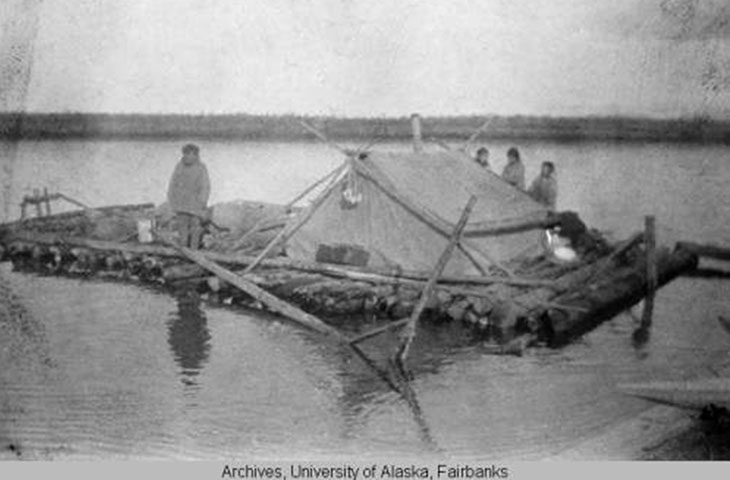 The Selawik National Wildlife Refuge was established in 1980, and encompasses more than two million acres of land in the Selawik River valley and Kobuk River delta in northwest Alaska, an area that has a long history of occupation and use by Alaska Native people. Understanding the natural environment of the Refuge over a long time scale is important for gaining insight into long-term ecological change, and understanding changes in land use over this period provides information on the Refuge’s cultural resources, subsistence practices, and long-standing human relationships with the landscape. First-hand knowledge held by Iñupiaq elders is a vitally important source of information for understanding theses historic environmental and land use issues.
The Selawik National Wildlife Refuge was established in 1980, and encompasses more than two million acres of land in the Selawik River valley and Kobuk River delta in northwest Alaska, an area that has a long history of occupation and use by Alaska Native people. Understanding the natural environment of the Refuge over a long time scale is important for gaining insight into long-term ecological change, and understanding changes in land use over this period provides information on the Refuge’s cultural resources, subsistence practices, and long-standing human relationships with the landscape. First-hand knowledge held by Iñupiaq elders is a vitally important source of information for understanding theses historic environmental and land use issues.
Funding for this project was provided by the U.S. Fish and Wildlife Service. Oral history interviews were conducted in Selawik and Kotzebue, Alaska in February 2018 by Karen Brewster of the Oral History Program at the University of Alaska Fairbanks, and Susan Georgette, Nichole Hanshaw and Siikauraq Whiting all of the Selawik National Wildlife Refuge. Iñupiaq spellings in the transcripts were provided by Hannah Paniyavluk Loon of Kotzebue. The Selawik Project Jukebox was created in Drupal in 2019, and the information in this project reflects the context of the original creation date. Some information may now be out of date.
People
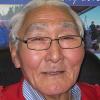 |
Grant Ballot |
Grant "Uiugaagruak" Ballot is an Iñupiaq elder from Selawik, Alaska. Born in 1941 to Bessie and Paul Ballot, Grant grew up living a traditional subsistence lifestyle where the family of thirteen children traveled to various seasonal camps to harvest the fish and wildlife and collect the resources they needed to survive. As a boy, Grant would go fishing, collect firewood, snare rabbits, and trap muskrat. He has memories of spending time up the Selawik and Ikkuiyiq Rivers, at Niliq, and at... Read More |
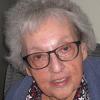 |
Sally Gallahorn |
Sally Gallahorn was born in 1931 at Okok Point near Kiana Alaska to Clara and Louis Rotman. Her mother was from Kiana and her father came to the area as a fur buyer. Sally grew up at Niliq, up the Selawik River from the village of Selawik, Alaska, where in 1932 her father established a store and trading post. Sally has fond memories of living at Niliq and playing with the children of the Iñupiat families living there. As the fur trade and the population of Niliq declined, the family moved... Read More |
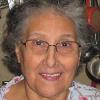 |
Emma Ramoth |
Emma Ramoth is an Iñupiaq elder from Selawik, Alaska. She was born in 1937 at Katyaak, up river from Selawik, and adopted and raised by Dora (Foster) and Walter Ballot. She grew up living a traditional subsistence lifestyle where the family moved to various locations to harvest the fish and wildlife they needed to survive. She learned about trapping and hunting from her father, and about muskrat hunting and skin sewing from her mother. Emma grew up at Niliq and became close friends with the... Read More |
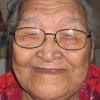 |
Pauline Ramoth |
Pauline Ramoth is an Iñupiaq elder from Selawik, Alaska. Born in 1930 to Dorothy and Henry Foxglove, Pauline grew up living a traditional subsistence lifestyle where the family of seven children moved to various seasonal camps to harvest the fish, wildlife, and other resources needed for survival. She remembers tough times with little food or heat, but also remembers muskrat hunting, fishing, and traveling downriver by log raft to bring needed wood materials to the village. She attended... Read More |
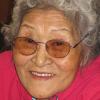 |
May Walton |
May Walton is an Iñupiaq elder from Selawik, Alaska. Born in 1941 to Lenora Hammond and Art Skin, she grew up living a traditional subsistence lifestyle where the family of twelve moved to different locations depending on the season to follow the availability of the fish and wildlife they needed to survive. She spent time living at Niliq, up the Selawik River, where she remembers the various people living there, including the Rotman family and their store, and at Kuugruaq, where she... Read More |


